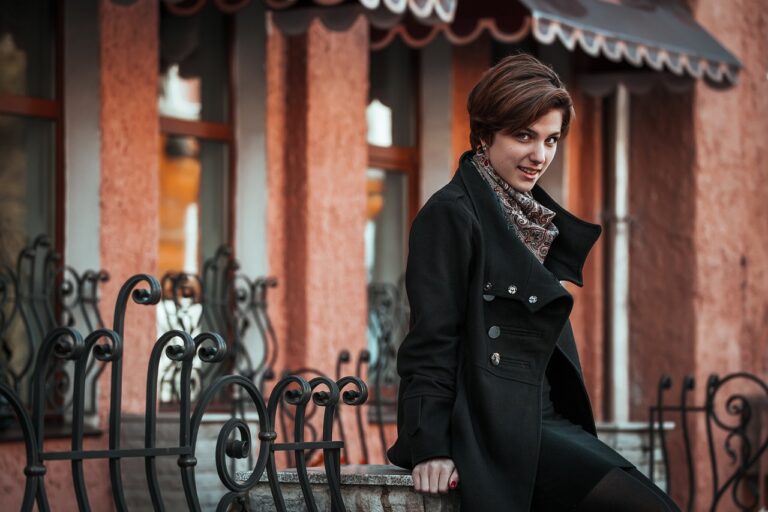Analyzing Fashion Trends Through the Decades
During the Roaring Twenties, the era of flappers and Art Deco emerged as a vibrant and rebellious time in American history. Flappers challenged traditional social norms by asserting their independence through fashion, behavior, and attitudes, epitomizing the spirit of the decade.
Art Deco, a popular design style of the period, infused geometric shapes, bold colors, and luxurious materials into architecture and decorative arts. This sleek and modern aesthetic captured the essence of the Jazz Age, reflecting the dynamism and glamour of the era.
The Fabulous Fifties: Poodle Skirts and Greaser Style
The 1950s was a decade marked by distinctive fashion trends that reflected the cultural shifts of the era. Poodle skirts were a popular choice among young women, featuring full skirts adorned with playful poodle motifs. Paired with cinched waist tops and bobby socks, this look captured the essence of youthful exuberance and femininity.
In contrast, the greaser style epitomized a sense of rebellion and masculinity among young men in the 1950s. Leather jackets, rolled-up jeans, and slicked-back hair were signature elements of this edgy aesthetic. Inspired by motorcycle culture and rock ‘n’ roll icons, greasers exuded a sense of cool confidence that resonated with the rebellious spirit of the era.
• Poodle skirts were often made of felt fabric and came in a variety of pastel colors
• Bobby socks, saddle shoes, and chiffon scarves were popular accessories to complete the poodle skirt look
• This style was often seen at sock hops, school dances, and other social events where teenagers gathered
• Greasers often wore white t-shirts underneath their leather jackets for a classic look
• Motorcycle boots or Converse Chuck Taylors were the footwear of choice for greasers
• The iconic pompadour hairstyle was achieved by using hair grease to slick back the hair on top while leaving it longer in front
The Swinging Sixties: Mini Skirts and Psychedelic Prints
The fashion of the Swinging Sixties was a reflection of the cultural revolution taking place during this era. Mini skirts, with their daringly short hemlines, symbolized the newfound freedom and empowerment that women were embracing. The bold and vibrant psychedelic prints seen on clothing further embodied the spirit of rebellion and experimentation that defined this transformative decade.
Designers like Mary Quant and Emilio Pucci played a significant role in popularizing these iconic trends, pushing the boundaries of traditional fashion norms. The mini skirt became a staple in every fashionable woman’s wardrobe, challenging societal expectations and exuding a sense of liberation. The kaleidoscopic patterns of psychedelic prints added a playful and surreal element to clothing, capturing the essence of the innovative and boundary-pushing spirit of the Swinging Sixties.
What were some popular fashion trends in the Swinging Sixties?
Some popular fashion trends in the Swinging Sixties included mini skirts, psychedelic prints, bold colors, and mod styles.
What influenced the fashion of the Swinging Sixties?
The fashion of the Swinging Sixties was influenced by the youth culture, music, and social movements of the time, such as the hippie movement and the rise of pop art.
Who were some iconic fashion icons of the Swinging Sixties?
Some iconic fashion icons of the Swinging Sixties included Twiggy, Mary Quant, and Brigitte Bardot, who were known for their bold and innovative styles.
How did the fashion of the Swinging Sixties differ from previous decades?
The fashion of the Swinging Sixties was characterized by its youthful, rebellious, and experimental nature, in contrast to the more conservative and structured styles of previous decades.
What are some key characteristics of Swinging Sixties fashion?
Key characteristics of Swinging Sixties fashion include mini skirts, go-go boots, bold patterns, bright colors, and a mix of influences from mod, hippie, and psychedelic styles.







